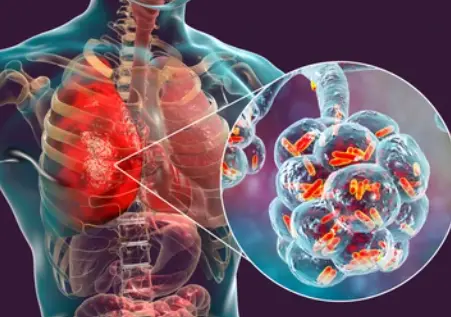 Welcome
Welcome
“May all be happy, may all be healed, may all be at peace and may no one ever suffer."
CVD - Generics
CVD stands for cardiovascular disease, which is a group of conditions that affect the heart and blood vessels. The most common types of CVD include coronary artery disease, heart failure, and stroke.
Coronary artery disease occurs when the blood vessels that supply the heart muscle with oxygen and nutrients become narrowed or blocked due to a buildup of plaque. This can lead to chest pain, shortness of breath, and heart attacks.
Heart failure occurs when the heart is unable to pump enough blood to meet the body's needs, causing symptoms such as fatigue, shortness of breath, and swelling in the legs and ankles.
Stroke occurs when the blood supply to the brain is interrupted, leading to damage or death of brain cells. Symptoms may include sudden weakness or numbness on one side of the body, difficulty speaking or understanding speech, and loss of vision.
Risk factors for CVD include high blood pressure, high cholesterol, diabetes, smoking, obesity, and a family history of heart disease. Lifestyle changes such as quitting smoking, eating a healthy diet, getting regular exercise, and managing stress can help reduce the risk of developing CVD.
Treatment for CVD may involve medications to manage blood pressure, cholesterol, and other risk factors, as well as procedures such as angioplasty or bypass surgery to improve blood flow to the heart. Rehabilitation programs may also be recommended to help individuals recover from a heart attack or stroke and improve their overall cardiovascular health.
It is important to seek medical attention if you or someone you know is experiencing symptoms of CVD or has risk factors for developing the condition. Early detection and treatment can help prevent complications and improve outcomes.

Scaly or itchy scalps

Primary ovarian failure

Mycoplasma pneumonia

Wound sepsis

Decubitus or stasis ulcer...

Seizures associated w/ Le...

Pre-operative scrubbing &...

Systemic fungal infection...
CVD, সিভিডি
To be happy, beautiful, healthy, wealthy, hale and long-lived stay with DM3S.